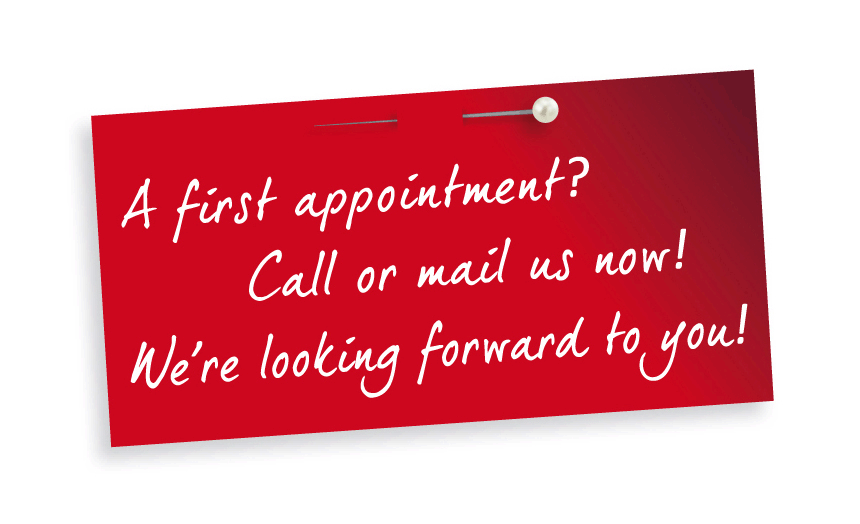Employer Brand
What does it mean to develop an employer brand?
What is the difference between HR marketing and employer branding?
What is the difference between HR marketing and employer branding?
What is employer branding strategy?
What is an employer branding concept?
What is internal employer branding?
What are good employer branding examples?
Developing an employer brand
Employer Brand
Definition of employer brand
Developing an employer brand means building up your own understanding and practice with regard to employee management and employee development and making all of this increasingly visible to the outside world.
What does it mean to develop an employer brand?
Developing an employer brand means increasingly bringing three things together:
- A high level of internal attractiveness – employees enjoy working for this company.
- Also a high external attractiveness – i.e. especially in times of a shortage of skilled workers, this can lead to such a company having considerably fewer problems finding “the right” employees.
- As mentioned above, to create maximum compatibility between the “say” (claim) and the actions and deeds, with the daily reality.
What does “branding” involve?
Branding goes far beyond this – a company carries out a strategic positioning process with sub-groups of its products and/or services, which it bundles into brands. These are optimally aligned with the relevant target groups.
What is the difference between HR marketing and employer branding?
The success of the first is to a certain extent dependent on the existence of the second and on holistic positioning:
How is good HR marketing supposed to take place if the “WHY” has not been clarified and no one can really say what the company even stands for?
The clearer a company is positioned and the clearer it knows whom and what it exactly needs, the better and more effective its HR marketing tools can be to find the right and fitting staff.
If this is then combined with the attractiveness of the jobs and correspondingly good management at all levels, then such a company should have little problem finding good people.
What is an employer branding strategy?
A good strategy in this context is to transfer the results of a Positioning process in the implementation to the creation and design of an employer brand.
- What is the “WHY” of the company, what does it stand for and what benefits does it want to create?
- Which values does it stand for – even when the wind blows harder?
- What is the salary structure and can the company afford it?
- What other benefits / perks and support – e.g. health management – are there for employees?
- Which are the development opportunities for employees?
- Are the management and corporate culture attractive or not?
- How are the processes in the company – people-friendly and effective or rather bureaucratic and geared towards vague, overarching, supposed “necessities”?
And again, how does it need to be designed to be “coherent”?
What is an employer branding concept?
Implementing a good employer branding strategy based on a suitable positioning is then the associated concept: it essentially answers the question “How do we want to do and organize all of this?”
What are good employer branding examples?
Here are five examples, but there are of course many more:
- The 5-star hotel “Europäischer Hof” in Heidelberg, Germany, which has been family-owned since 1906 and is currently managed by Caroline von Kretschmann, is a good example.
- VOITH AG is a comparatively very large company that is at least partially focused on the above-mentioned topics.
- Another example of excellent positioning, a good employer brand and one of the few examples of successful change management is the Upstalsboom Group.
- In the USA, Southwest Airlines, for example, has succeeded in establishing itself as an attractive employer in addition to positioning itself as a low-cost airline.
- And finally, the German company Winterhalter, which has an excellent focus and is very successful on the market.
Developing an employer brand with the Red Thread
At Roter Faden Consulting, we start by taking a close look at the “as-is” situation:
“Finding the problem is more important than finding the solution, because the exact representation of the problem almost automatically leads to the solution” (Albert Einstein)
Roughly speaking, we focus on the following points:
- Consideration of the current positioning (internally and externally), if available
- Problem identification
- Delta analysis: What exactly are the areas in which things are not going well?
(For example, difficulties in finding the right people; internal communication; poor mood despite good business, etc.) - From “away from” to “towards”: How exactly should it be so that it is “coherent”? (this involves all levels – cross-hierarchical and cross-functional)
- The red threads: Does everyone in the company know the purpose of their own work?
This is where the introduction of the Roter Faden Consulting’s / Red Thread tool “Target Area Description (TAD)” comes in handy – the concrete connection of corporate goals to each individual workplace. - Action plan
- Implementation support and evaluation
